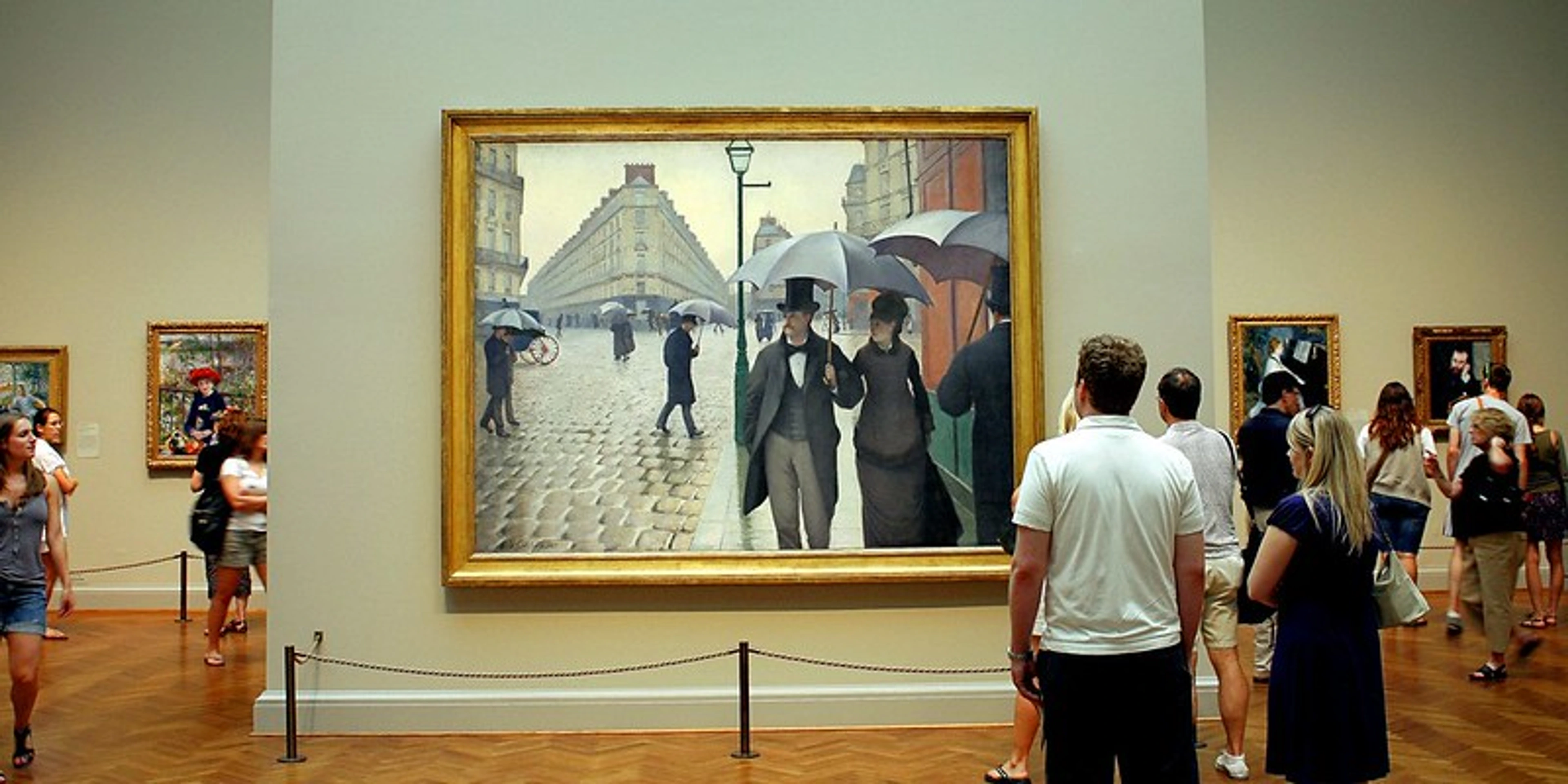
Is Modern Art Really 'Bad'? An Artist's Engaging Exploration
Think modern art is bad, meaningless, or skill-less? An artist explores common criticisms, reveals the surprising intent behind challenging norms, and shares how to find meaning and connection in modern art.
Is Modern Art Really 'Bad'? An Artist's Engaging Exploration
Let's be honest, you've probably thought it. Maybe muttered it under your breath in a stark white gallery, or perhaps shouted it (internally, of course) at a picture of a canvas that's just... blue. "Is this really art? My kid could do that! Is modern art just... bad?"
It’s a surprisingly common feeling, and one I wrestled with myself for a long time. I remember standing in front of a Rothko for the first time, feeling utterly blank while everyone else seemed to be having some profound experience. I get it. Sometimes you see something labeled 'masterpiece' that looks suspiciously like a paint spill or a random assortment of lines, and the price tag makes your eyes water. It feels worlds away from the intricate details of a Renaissance portrait or the recognizable beauty of an Impressionist landscape (like those found in Impressionism: Ultimate Guide to Art's Fleeting Moments). So, the question pops up, loud and clear: did art somehow lose its way? Is modern art a step down, a joke, or genuinely... bad?
Well, spoiler alert: the answer isn't a simple yes or no. Like explaining why you suddenly crave pickles at midnight, it’s complicated. But stick with me, and let's unpack this together. We'll look at why so many people feel alienated by modern art and, perhaps, find some ways to see it differently – maybe even appreciate it. Or at least understand why it exists, even if you still wouldn't hang it in your living room (though you might be surprised what abstract art can do for a space – check out some ideas).
First Things First: What Exactly Is Modern Art?
Before we declare it 'bad', let's get on the same page. Modern Art isn't just any art made recently (that's more the territory of Contemporary Art – check out our guide to the Best Contemporary Artists). Modern Art generally refers to a period stretching roughly from the 1860s (think Impressionism kicking things off) to the 1970s (with movements like Pop Art and Minimalism). Think of it as the era where artists started saying, "Hold up, what if we didn't do it the way it's always been done?"
This was a time of massive, often turbulent, change in the world – industrial revolutions, world wars, new technologies, psychology digging into the subconscious, and society grappling with unprecedented shifts. Artists, being products of their time, responded not just by depicting the world, but by reflecting on it, questioning it, and sometimes, resisting it. They started breaking away from traditional rules about representation, perspective, and even what materials could be used. You can explore this evolution in our History of Art: Ultimate Guide to Periods & Movements.
Key characteristics often include:
- Experimentation: Trying new techniques, materials, and ideas. It wasn't just about mastering oil paint anymore; it could be collage, found objects, or even just an idea.
- Abstraction: Moving away from realistic depiction towards shapes, colors, and forms. This wasn't necessarily because they couldn't paint realistically, but because they wanted to explore other ways of communicating or experiencing the world. (Dive deeper into its history).
- Emphasis on Subjectivity: Focusing on personal experience, emotion, or the artist's inner world. The artist's feeling became as important as the subject matter.
- Breaking Traditions: Questioning established norms of beauty, skill, and even the very definition of what art is. This wasn't just rebellion for rebellion's sake; it was often a response to a world that felt increasingly fragmented or overwhelming.
For a clearer picture, check out our overview: Understanding Modern Art: History and Major Styles.
Okay, But Why Do People Think It's Bad? Let's Tackle the Criticisms
Alright, let's get to the heart of the matter. Why the strong reactions? Why the eye-rolls and dismissals? These feelings are valid, and they usually stem from expectations built on centuries of art that operated under different rules.
Criticism 1: "My Kid Could Do That!"
Ah, the classic. You see a simple geometric painting or a seemingly random splash of color, and it looks effortless, maybe even childish. You think of the painstaking detail in older works and wonder where the 'skill' went.
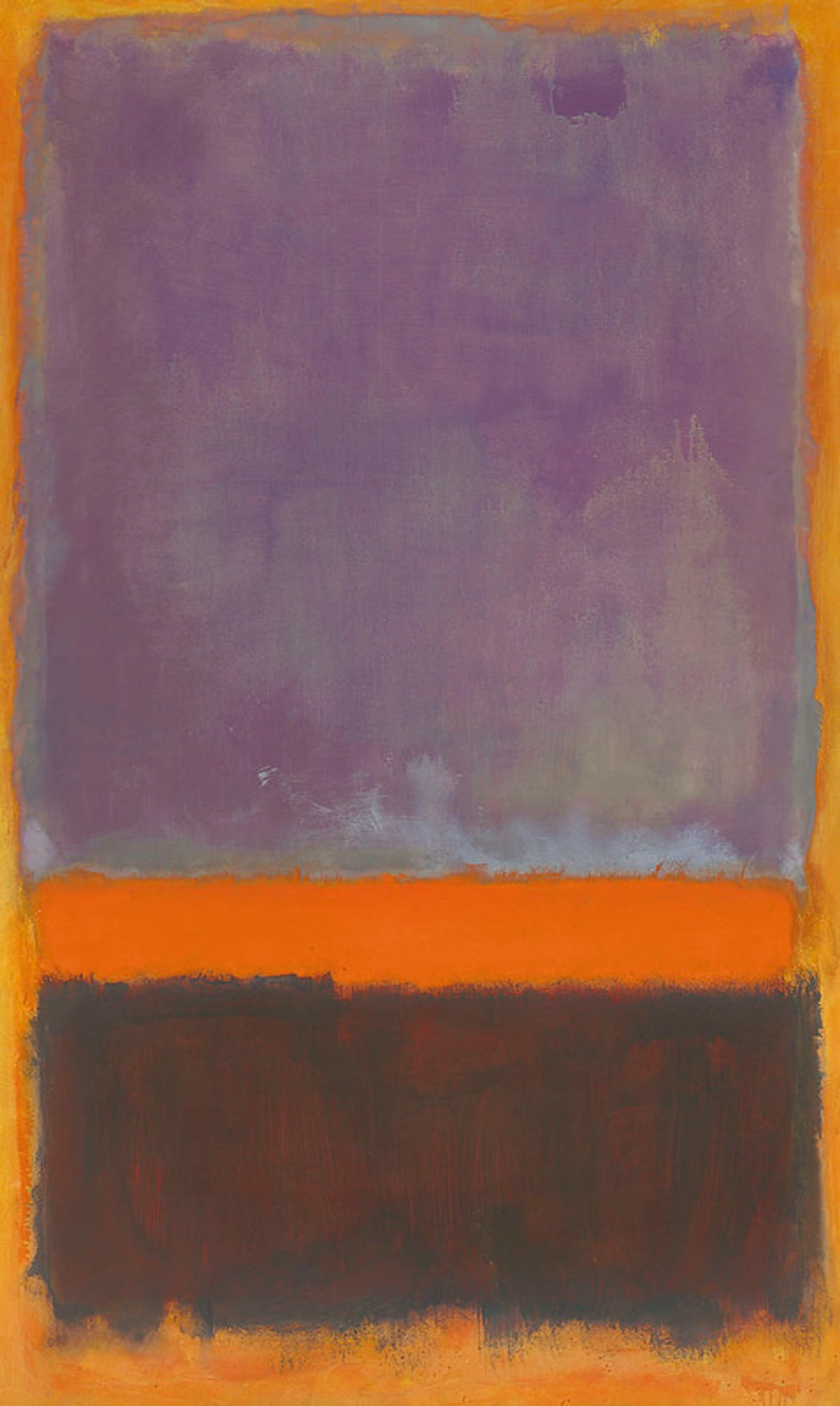
- The Counterpoint: This criticism often misunderstands where the 'skill' lies in modern art. Traditional art valued representational skill – how accurately you could paint a person or a bowl of fruit. Modern artists, however, often shifted focus. The skill might be in:
- Conceptual Innovation: Coming up with a groundbreaking idea or way of seeing that challenges our very notion of art. Think of Marcel Duchamp's Fountain, a urinal signed and presented as art. The skill wasn't in making the urinal, but in the radical idea of questioning what qualifies as art and who decides. Or consider Cubism shattering perspective – the skill was in inventing a new visual language.
- Color Theory: Understanding how colors interact to create mood or optical effects (like in Mark Rothko's work). It takes immense skill to make color alone evoke deep emotion.
- Composition and Balance: Arranging simple elements in a powerful way. Minimalism, for instance, requires incredible precision and understanding of space.
- Emotional Expression: Conveying a feeling purely through color and form. Like music, abstract art can bypass the literal and speak directly to your emotions. Think of a piece of music – it doesn't show you sadness, but the melody and harmony make you feel it. Abstract art can work similarly with visual elements.
- Mastering Simplicity: Sometimes, achieving impactful simplicity is incredibly difficult. It requires distilling an idea to its essence. Think about famous logos – simple, but effective and hard to perfect.
Crucially, many modern artists, like Picasso, were masters of traditional drawing and painting before they started breaking the rules. Picasso's academic training was impeccable; he chose to paint differently, not because he couldn't do realism, but because he wanted to explore beyond it. This wasn't a lack of skill, but a deliberate redirection of it.
Criticism 2: "It Lacks Skill and Craftsmanship"
Related to the first point, some feel modern art abandoned the painstaking techniques of the old masters. Where are the delicate brushstrokes, the perfect anatomy? Where's the evidence of years spent honing a craft?
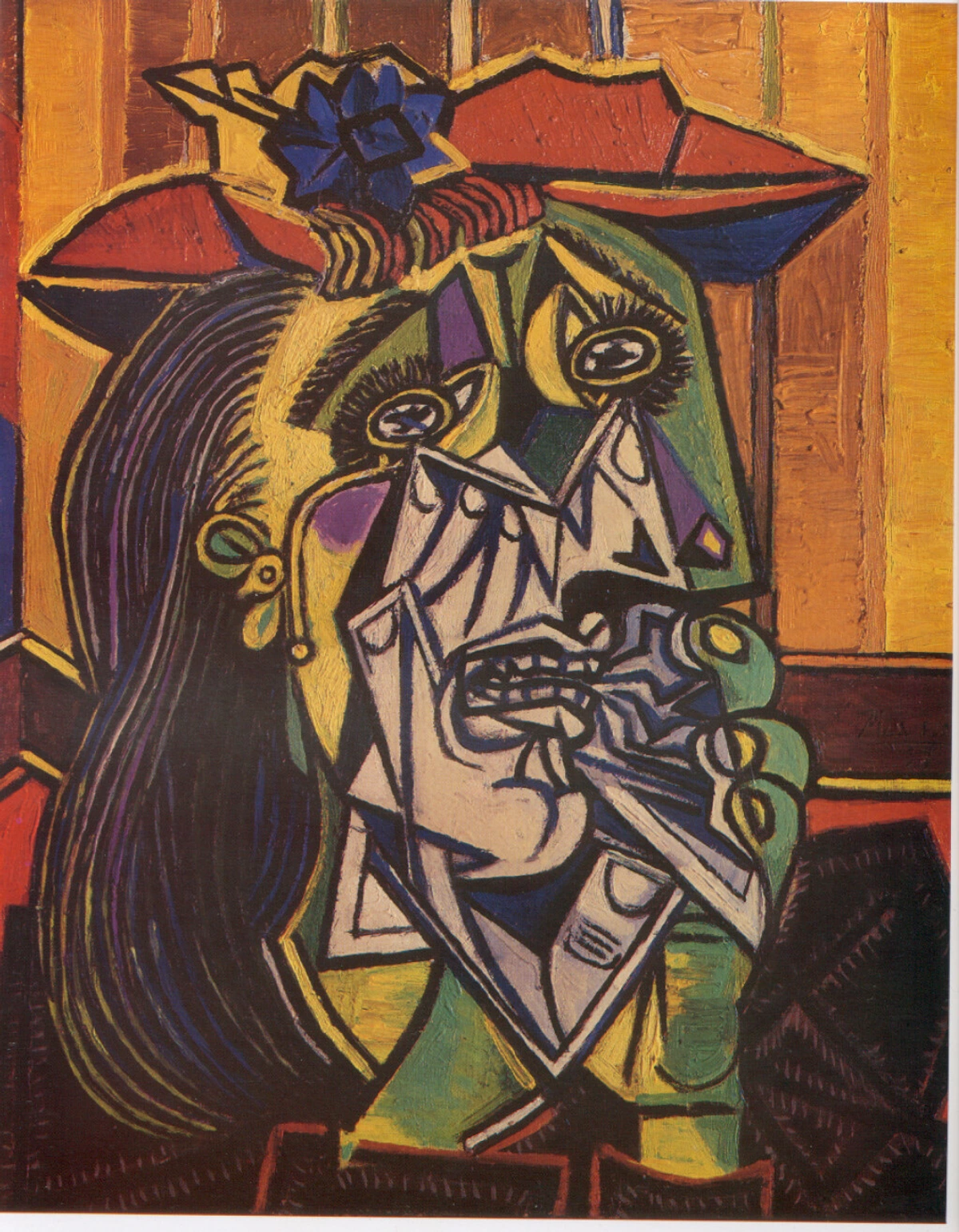
- The Counterpoint: The definition of skill evolved. For many modern artists, skill wasn't just about manual dexterity but about intellectual rigor, emotional depth, and the ability to innovate. Different styles required different skills:
- Consider Abstract Expressionism: The skill wasn't necessarily in tiny, controlled strokes, but in the energy, gesture, and emotional honesty conveyed through bold movements. It's a physical and intuitive skill.
- Think about Conceptual Art: The skill lies primarily in the idea itself, challenging the viewer's perception of what art is. Presenting a compelling, thought-provoking idea requires a different kind of mastery than rendering a realistic figure.
- What about Readymades (like Duchamp's urinal again) or Performance Art (like Marina Abramović) or early Installations? These forms often bypass traditional craftsmanship entirely, focusing instead on the artist's presence, the viewer's experience, or the interaction with space and objects. The skill here is in the conception, the execution of the event or arrangement, and the ability to provoke thought or feeling through non-traditional means. Fauvists like Matisse mastered expressive color (see Fauvism Guide), while Surrealists explored complex psychological landscapes, requiring a mastery of symbolism and the subconscious (see Surrealism Guide).
Criticism 3: "It's Meaningless or Confusing"
Staring at abstract shapes, a pile of bricks, or a video loop, it's easy to feel lost. What is it about? If art is meant to communicate, what is this saying? It can feel like a private joke you're not in on.
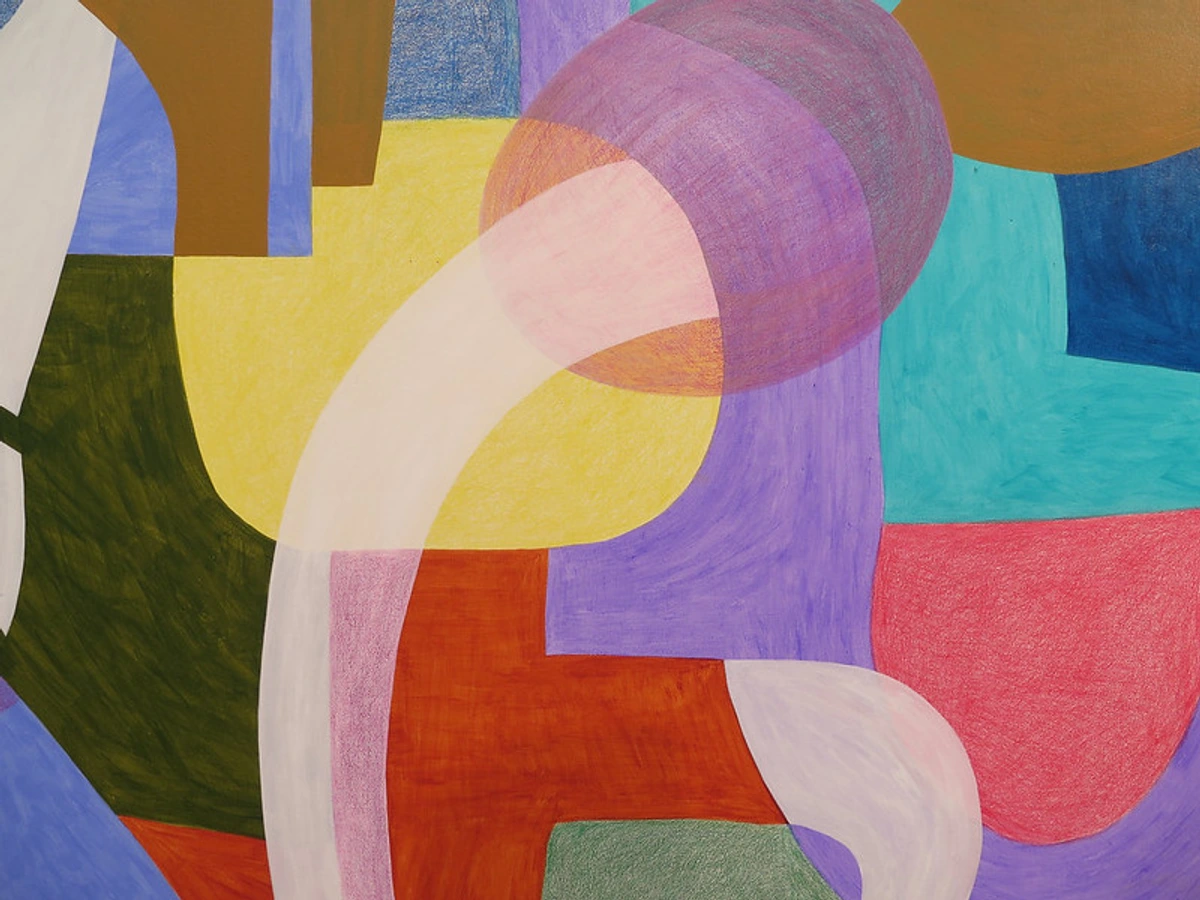
- The Counterpoint: Modern art often shifts the burden of interpretation onto the viewer. It's less about the artist dictating a specific narrative and more about creating a space for your own reaction and thought.
- Open to Interpretation: Instead of telling a clear story, it might evoke a feeling, explore a formal quality (like line or color), or prompt a question. The meaning of art isn't always a fixed narrative; it can be a dialogue between the work and you. Like listening to instrumental music – there are no words, but it can still make you feel joy, sadness, or tension.
- Focus on Experience: Sometimes, the point is the experience – the feeling of being enveloped by Rothko's colors, the visual puzzle of a Cubist painting, or the unsettling presence of an installation. Understanding what makes abstract art compelling can help unlock this.
- Context Matters: Knowing about the artist's life, the historical period, or the specific art movement can unlock layers of meaning. Modern art often responded directly to the chaos, industrialization, and psychological complexities of the era. A chaotic, fragmented painting might not be 'meaningless'; it might be a commentary on a chaotic, fragmented world. It can even be a form of resistance, using unconventional means to critique society or express dissent. Learning how to read a painting isn't just about identifying objects, but understanding context and technique.
Criticism 4: "It's Ugly"
Some modern art deliberately challenges conventional notions of beauty. It can be jarring, dissonant, or intentionally unsettling. Where are the pretty landscapes and lovely portraits?
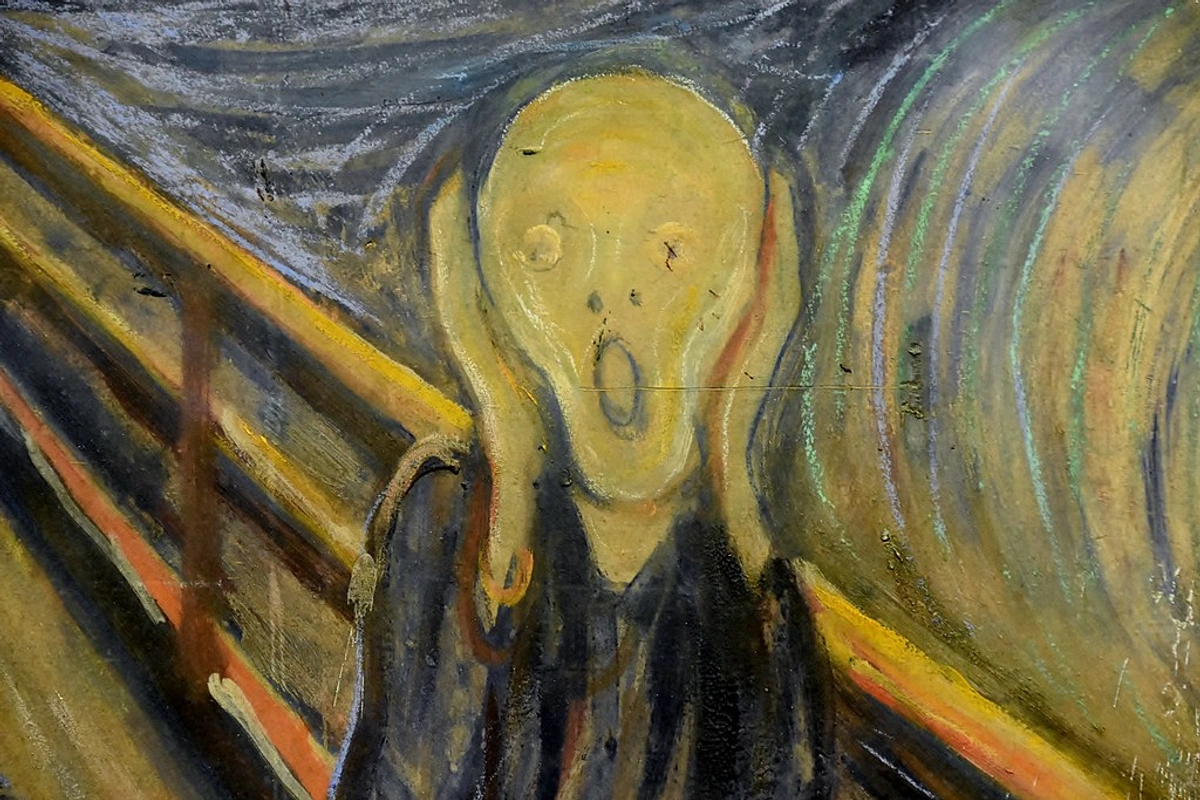
- The Counterpoint:
- Redefining Beauty: Modern artists questioned whether art had to be beautiful in the traditional sense. Art could also be about truth, raw emotion, social commentary, or exploring the uncomfortable aspects of life. Edvard Munch's The Scream, for example, isn't traditionally 'beautiful', but it's undeniably powerful and resonates with a universal feeling of anxiety.
- Aesthetic Shifts: Our ideas of what looks good change over time and across cultures. What was once considered shocking (like Impressionism!) is now widely beloved. Modern art introduced new aesthetics, new ways of seeing and appreciating visual form.
- Beauty in Form/Color: Even abstract art can possess a different kind of beauty – the beauty of pure color relationships, dynamic composition, intriguing textures, or the elegance of a simple line. It might not be the beauty of a sunset, but the beauty of a perfectly balanced abstract form.
Criticism 5: "It's Just About Shock Value / Money / Elitism"
There's a perception that some modern art is created just to provoke, or that its value is inflated by a pretentious art market disconnected from ordinary people. It can feel like an exclusive club you need a secret handshake (and a massive bank account) to join.
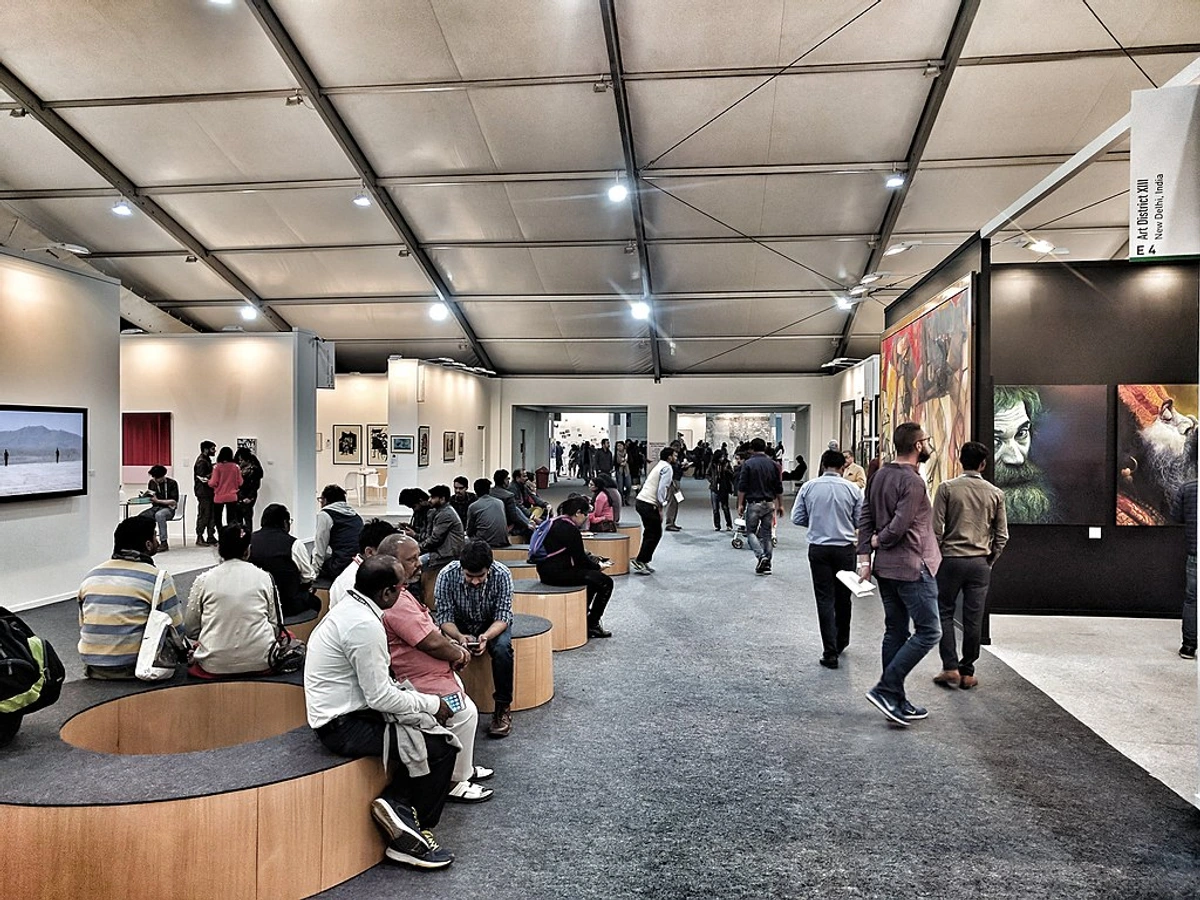
- The Counterpoint:
- Challenging Norms: Yes, some modern art was intended to shock, but often as a way to jolt people into seeing the world differently or questioning societal norms. Dada art, for instance, deliberately embraced absurdity as a protest against the madness of World War I.
- The Art Market: The art market is complex and can sometimes feel opaque (Navigating the Secondary Art Market can be tricky). Prices are influenced by many factors beyond artistic merit (Understanding Art Prices), including historical significance, provenance, and demand among collectors. However, high prices don't automatically negate the artistic value or intent of the work itself. And while the top end is astronomical, you can still find ways to start an art collection on a budget or buy art for less.
- Accessibility: While the market might feel exclusive, the art itself is often available in museums and public galleries worldwide (Discover the Best Museums for Modern Art). Many major institutions have free admission days or are free year-round, making the art accessible even if the market isn't.
So, Why Do People Like Modern Art?
If it faces so much criticism, why does modern art endure? Why do museums dedicate wings to it, and why do people genuinely connect with it? (Explore the lasting appeal here).
- Innovation: It represents a period of incredible creativity and boundary-pushing. It fundamentally changed the course of art history.
- Emotional Resonance: Abstract forms and colors can tap into emotions directly, bypassing literal representation. A Rothko painting might not show you a sad person, but its colors and scale can make you feel a sense of melancholy or transcendence.
- Intellectual Stimulation: It challenges us to think, question, and see the world in new ways. It asks you to participate in creating meaning.
- Reflection of its Time: It captures the spirit, anxieties, and breakthroughs of the modern era in a way that traditional art couldn't.
- Diverse Aesthetics: It offers a vast range of visual experiences, from the vibrant energy of Fauvism to the cool geometry of Minimalism. There's a huge spectrum to explore.
Finding Your Way: Learning to Appreciate (or at least Understand) Modern Art
Okay, maybe you're not converted, but perhaps you're willing to meet modern art halfway. How can you bridge the gap? It's less about liking everything and more about finding what resonates with you.
- Seek Context: Learning about the artist (Guide to Modern Artists), the time period, and the specific movement (Art Styles Explained) can be like getting the key to a locked room. Suddenly, choices make more sense. Why did artists start painting like that in the 1910s? What was going on in the world?
- Look Beyond Likeness: Try not to judge it solely on how realistic it is. Ask different questions: How does it make me feel? What do the colors/lines/shapes do? What might the artist be exploring? Understanding the basic Elements of Art can provide a new vocabulary for describing your experience.
- Spend Time Looking: Resist the urge to glance and dismiss. Sometimes, art reveals itself slowly. Let your eyes wander, notice details, and allow yourself to just experience it without immediate judgment. I've had pieces I initially walked past completely change for me on a second or third viewing.
- Visit Museums and Galleries: Seeing art in person is often a completely different experience than seeing it online. Notice the scale, texture, and how it interacts with the space. Even smaller local spaces, like my own museum near 's-Hertogenbosch, can offer surprising encounters and a chance to see how artists today carry forward some of these modern ideas.
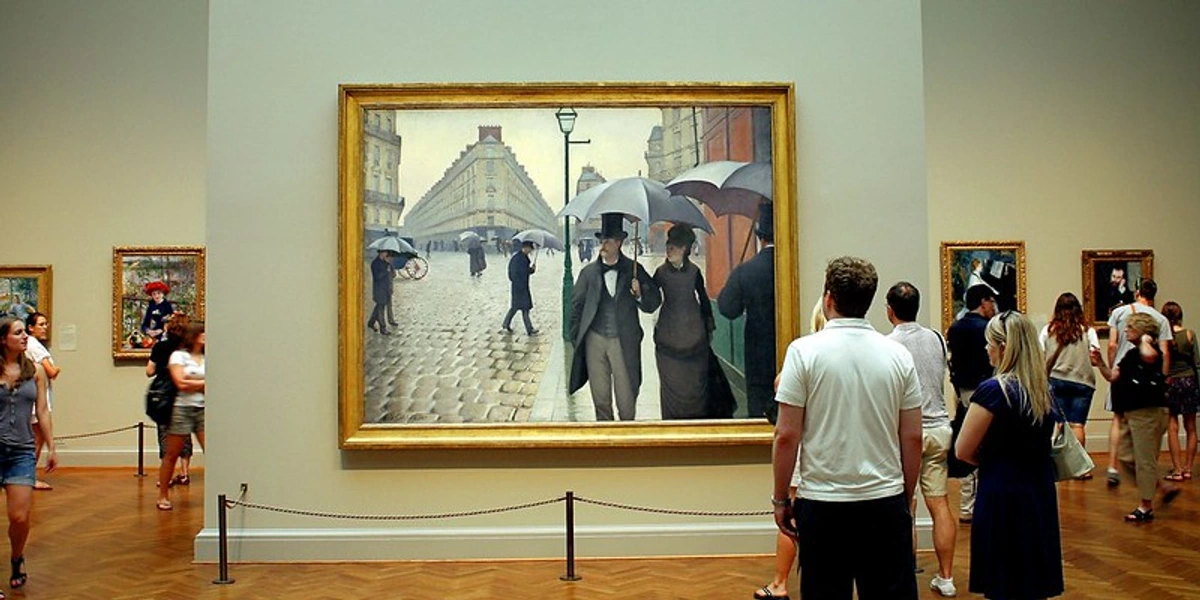
- Read, But Don't Overthink: Artist statements or wall text can offer insights, but don't feel you need a complex explanation to have a valid reaction. Sometimes, the initial gut feeling is the most important part. Your personal response is valid, even if it's just "I don't get it, but the colors are cool."
The Verdict: Is Modern Art Bad?
So, back to the big question. Is modern art bad?
No. It's not inherently 'bad'. It is, however, different. It operates under different rules, values different kinds of skill, and asks different things of its audience compared to earlier art forms.
To call it 'bad' is often to judge it using criteria it wasn't designed to meet. It's like criticizing a bicycle for not being able to fly – it wasn't built for that purpose. Modern art wasn't (always) trying to be a perfect window onto reality or conventionally beautiful. It was trying to be innovative, expressive, challenging, and reflective of a rapidly changing world. It aimed to capture the feeling of modernity, not just its appearance.
Whether you like it is entirely subjective. You don't have to enjoy every piece or every movement. My own journey through art has involved plenty of head-scratching moments, standing in front of something thinking, "Seriously?" But dismissing the entire era as 'bad' means missing out on a period of immense artistic exploration and some truly powerful works that continue to resonate today. Maybe it's just misunderstood.
Frequently Asked Questions (FAQ)
Q1: Is modern art talentless? A: No. Talent in modern art often manifests differently – through conceptual innovation, mastery of color or form, emotional expression, or pushing boundaries, rather than solely through realistic rendering. Many modern artists had extensive traditional training before choosing to explore new directions.
Q2: Why is some modern art so expensive? A: Art prices are complex. Factors include the artist's reputation, historical significance, rarity, provenance (ownership history), condition, current market trends, and gallery/auction house dynamics. High prices don't always directly correlate with perceived 'skill' in a traditional sense. Learn more about Understanding Art Prices.
Q3: What's the difference between Modern Art and Contemporary Art? A: Modern Art typically refers to art from the 1860s to the 1970s. Contemporary Art generally refers to art made from the 1970s onwards, including art being made today by living artists. There's overlap, but contemporary art often engages more directly with globalization, digital technology, and identity politics.
Q4: Do I need an art history degree to understand modern art? A: Absolutely not! While context helps, your personal reaction and engagement are valid. Learning a bit about the elements of art or major movements can enhance appreciation, but trust your eyes and feelings too.
Q5: Is abstract art just random? A: Rarely. While some abstract art involves chance (like certain forms of Abstract Expressionism), most involves deliberate choices about color, composition, line, texture, and form to create a specific effect or explore an idea. Check out Why is Abstract Art Compelling?.
Q6: What about controversial movements like Dada or Abstract Expressionism? Why are they important? A: Movements like Dada deliberately challenged logic and traditional art-making as a response to the absurdity of war and modern society. Their importance lies in their radical questioning of norms and their influence on later conceptual art. Abstract Expressionism, on the other hand, focused on conveying intense emotion and subjective experience through non-representational means, pushing the boundaries of painting itself. They are important because they expanded the definition of art and how it could function.
Final Thoughts
So, the next time you encounter a piece of modern art that makes you scratch your head, maybe pause before declaring it 'bad'. Ask yourself why it looks the way it does. What might the artist have been thinking or feeling in that specific historical moment? What rules are being broken, and why? What does it make you feel, even if it's confusion or irritation?
You still might not like it, and that's okay! Taste is personal. But perhaps, by approaching it with a little more curiosity and understanding its context, you can move from dismissal to a more nuanced appreciation – or at least, a more informed disagreement. It's a journey, much like my own artistic timeline reflects ongoing change and exploration, sometimes into areas that might challenge traditional expectations.
And who knows? Maybe exploring these ideas has sparked your interest in seeing how artists continue to push boundaries today. If so, you might enjoy browsing some contemporary pieces available here, carrying forward that spirit of modern exploration. Art, after all, is a continuous conversation, and modern art is a vital, noisy, sometimes baffling, but ultimately fascinating part of it.




